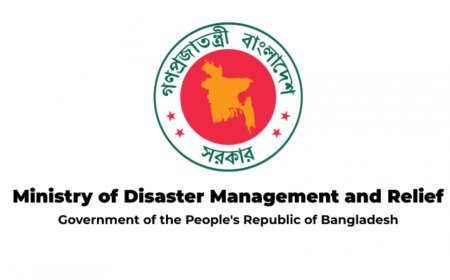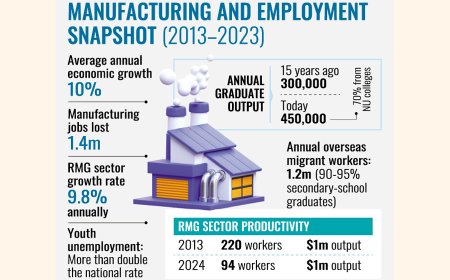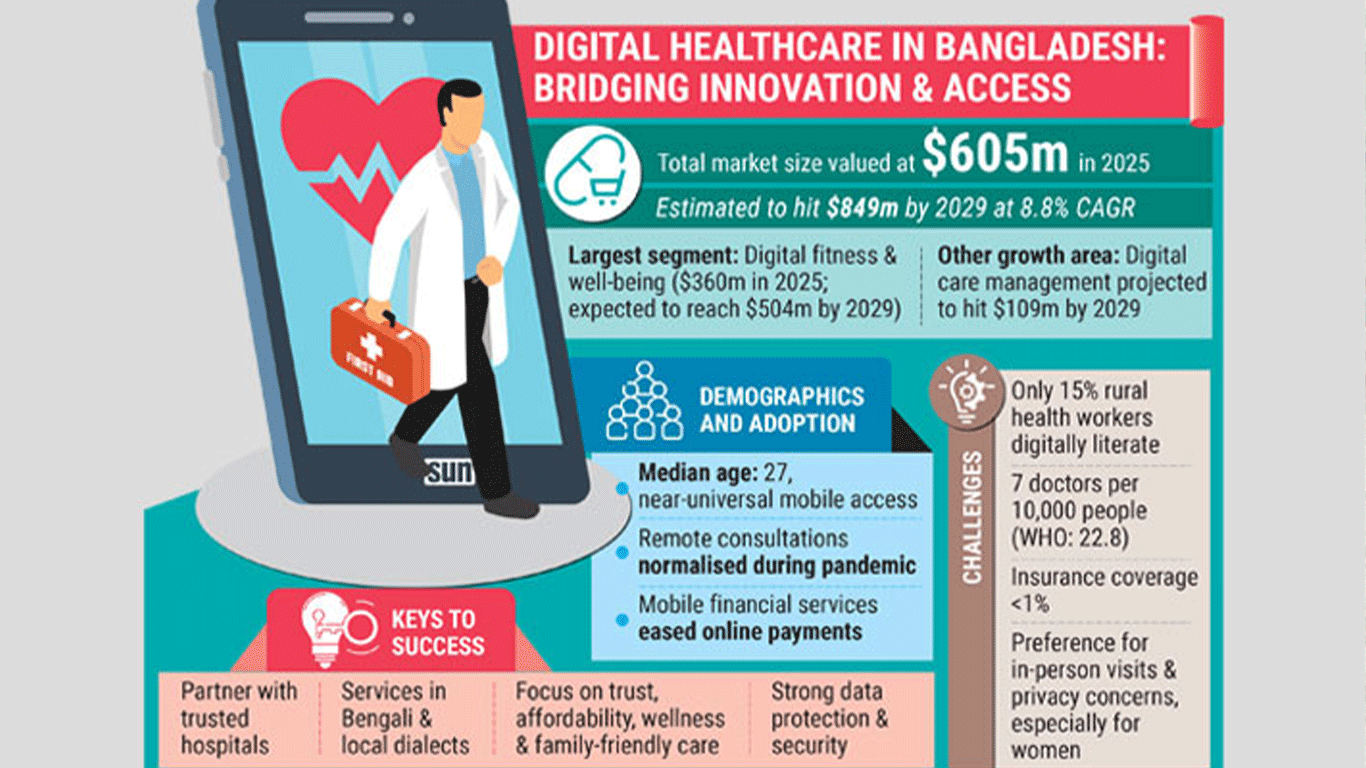Public Health in 2025: Responding to Emerging Challenges
Navigating the changing public health landscape to secure a healthier, more resilient future for everyone.

Public health is a foundational element of societal well-being, encompassing coordinated efforts to prevent disease, promote health, and extend life expectancy across populations. As we approach 2025, public health continues to evolve, presenting ongoing challenges and emerging priorities that demand immediate attention and action. The scope of public health extends beyond individual healthcare, addressing the broader social, environmental, and economic factors that influence community health outcomes.
The core aim of public health is to safeguard and enhance the health of entire communities through education, policy development, research, and the provision of health services. This multifaceted approach necessitates collaboration across various sectors, including healthcare, education, environmental protection, and social services. Public health prioritizes prevention over treatment, population-wide approaches over individual care, and health promotion alongside disease prevention. One undeniable force shaping global public health outcomes is climate change. Rising temperatures, extreme weather, and shifting precipitation patterns influence disease transmission, food security, and access to clean water.
Public health systems must adapt to the challenges presented by climate change while developing strategies to protect vulnerable populations. This includes strengthening early warning systems, building climate-resilient healthcare infrastructure, and implementing strategies to ensure the continuation of essential health services during environmental crises.
Another critical challenge is antimicrobial resistance, which threatens global health security. The diminishing effectiveness of antibiotics and other antimicrobial drugs poses a serious risk to our ability to treat even common infections. Public health priorities must focus on enhancing surveillance of resistant organisms, promoting responsible antibiotic use, and fostering innovation to combat resistance. This requires coordinated efforts across healthcare, agriculture, and environmental sectors. Educating both healthcare providers and the public about appropriate antimicrobial use is increasingly important in this regard.
Nutrition remains at the heart of public health, with both undernutrition and overnutrition posing significant challenges. A holistic approach to nutrition security is essential, ensuring access to sufficient, safe, and nutritious food while addressing the social and economic factors that influence dietary choices.
Reproductive health remains a vital component of public health, encompassing maternal health, family planning, and sexual health services. Ensuring universal access to comprehensive reproductive healthcare, particularly in underserved communities, is essential. This includes strengthening maternal healthcare systems, expanding access to family planning services, and addressing cultural barriers to reproductive health. Integrating reproductive health services with primary healthcare systems promotes more comprehensive and accessible care.
Infectious diseases continue to be a major public health concern, with both emerging and re-emerging pathogens presenting constant challenges. Public health systems must maintain robust surveillance networks, strengthen outbreak response capabilities, and ensure preparedness for future epidemics. This includes enhancing laboratory capacity, improving disease detection systems, and maintaining effective vaccination programs. Global cooperation in disease surveillance and control is essential.
Strong health infrastructure and workforce capacity form the backbone of effective public health systems. Strengthening healthcare infrastructure involves not only physical facilities but also information systems, supply chains, and service delivery networks. Equally important is developing a skilled and motivated health workforce through ongoing training, proper resource allocation, and better working conditions. Special attention must be given to addressing healthcare disparities between urban and rural areas.
Building sustainable health systems requires long-term planning and investment in both human and physical resources. The interconnected nature of global health security highlights the need for international disease surveillance, improved information sharing, and coordinated response mechanisms. Strengthening border health systems and harmonizing health security approaches across regions is crucial.
International partnerships play a key role in advancing public health objectives. Collaboration among countries, international organizations, and stakeholders facilitates knowledge sharing, resource mobilization, and coordinated actions. Such partnerships must be grounded in equity, mutual respect, and shared responsibility for global health outcomes. Strengthening global health networks enables more effective responses to health challenges.
Community engagement is essential for the success of public health initiatives. Effective programs require active community involvement in planning, implementation, and evaluation. This includes promoting health literacy, encouraging behavioral change, and fostering community ownership of health initiatives. Empowering communities to take charge of their own health leads to more sustainable health outcomes.
Digital transformation presents new opportunities for improving health service delivery and surveillance systems. Technology can enhance disease monitoring, improve health data management, and expand access to health services through telemedicine and digital platforms. However, these innovations must be implemented with an eye on equity and accessibility. Health equity should remain central to all public health priorities. Addressing health disparities requires addressing social determinants, including education, income, housing, and access to healthcare services.
Successful implementation of these priorities requires strong leadership, sustained funding, and coordinated action across sectors. It demands innovative solutions to persistent challenges while remaining flexible in the face of emerging threats. Integrating various health priorities into comprehensive public health strategies is vital for achieving meaningful improvements in population health outcomes.
Looking ahead to 2025, the path forward demands an unwavering commitment to these public health priorities, with flexibility to address emerging challenges. Success will depend on building resilient health systems, fostering international collaboration, and ensuring that public health measures reach all sectors of society. These comprehensive approaches are essential to achieving optimal health and well-being for all populations.
What's Your Reaction?



















































































